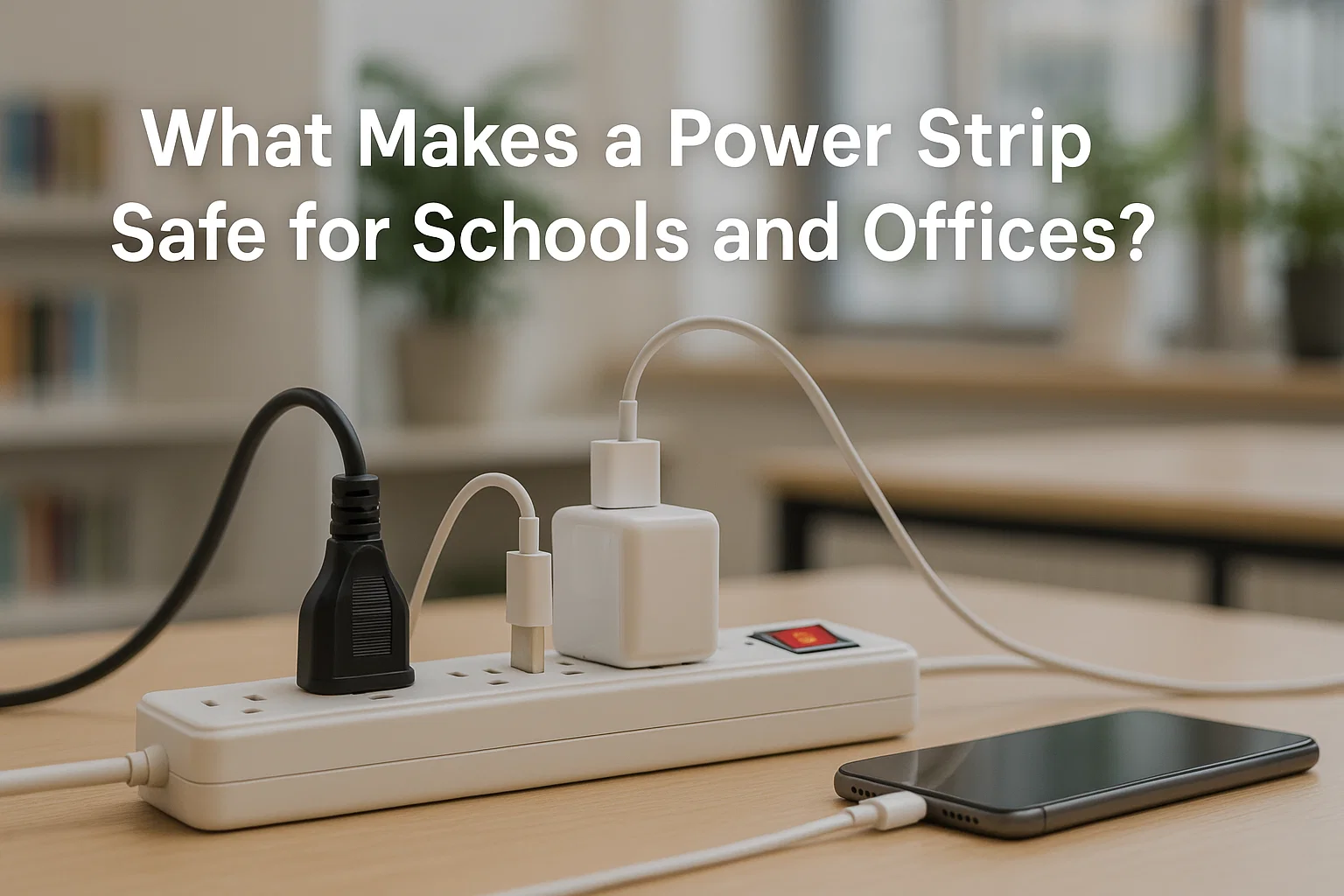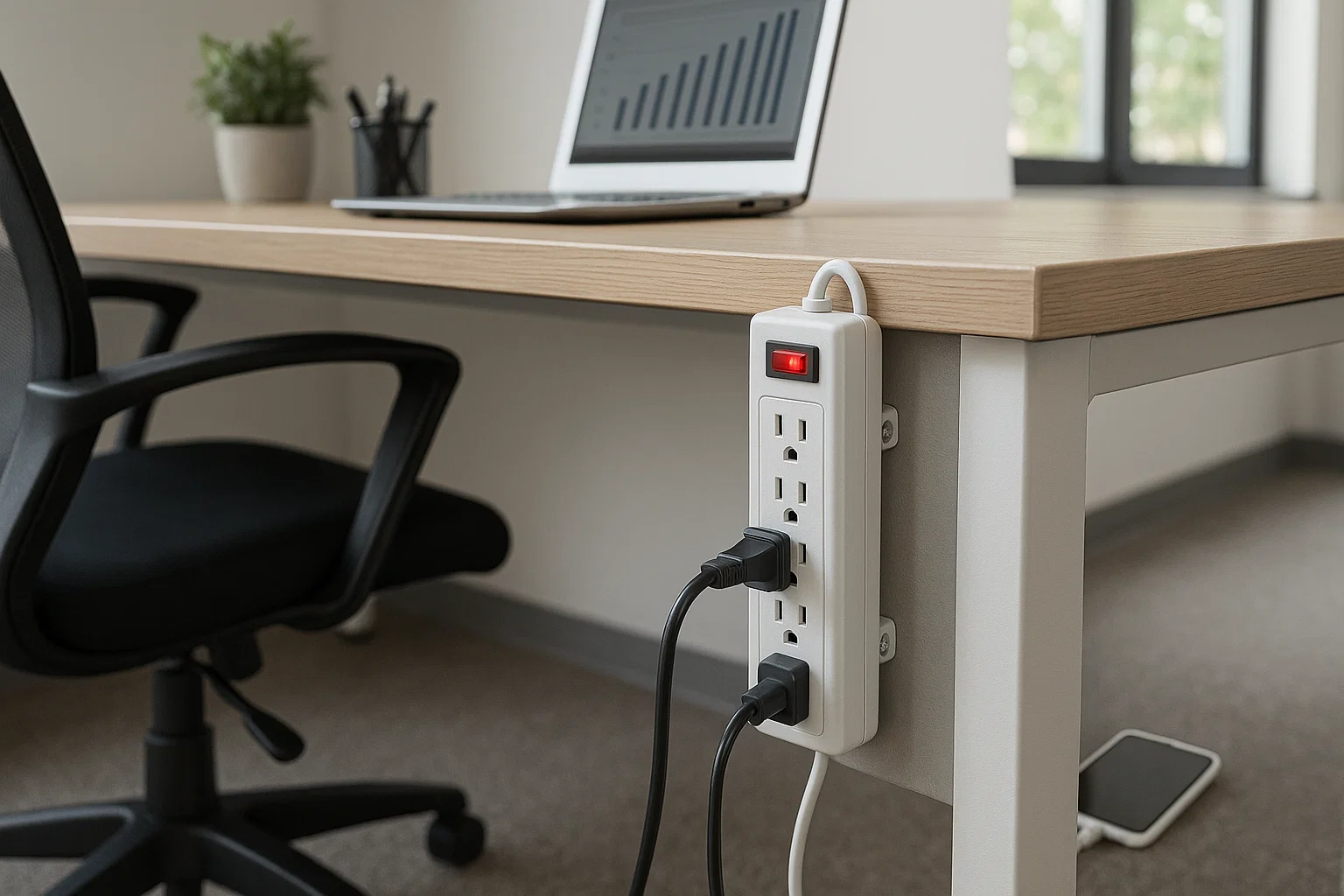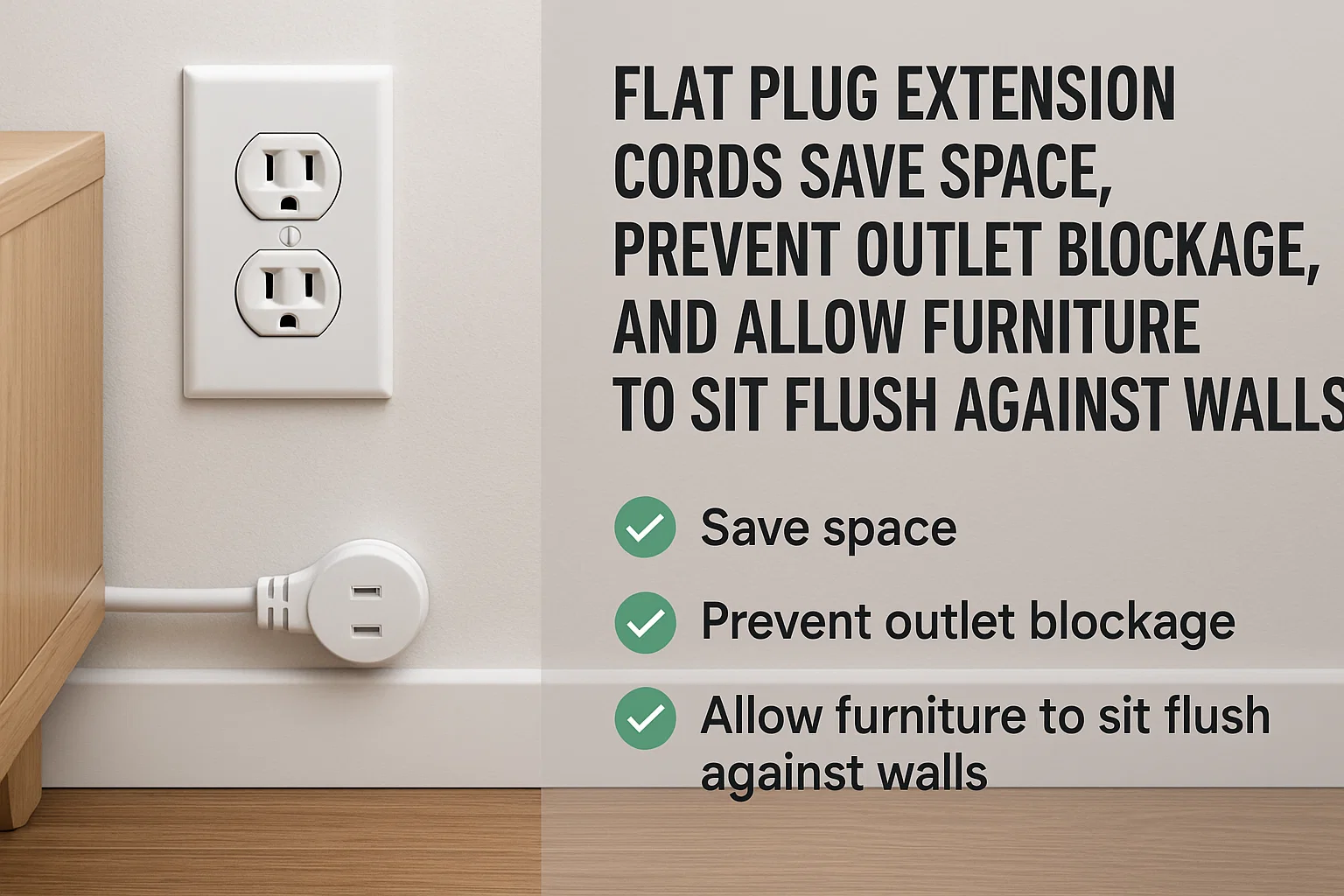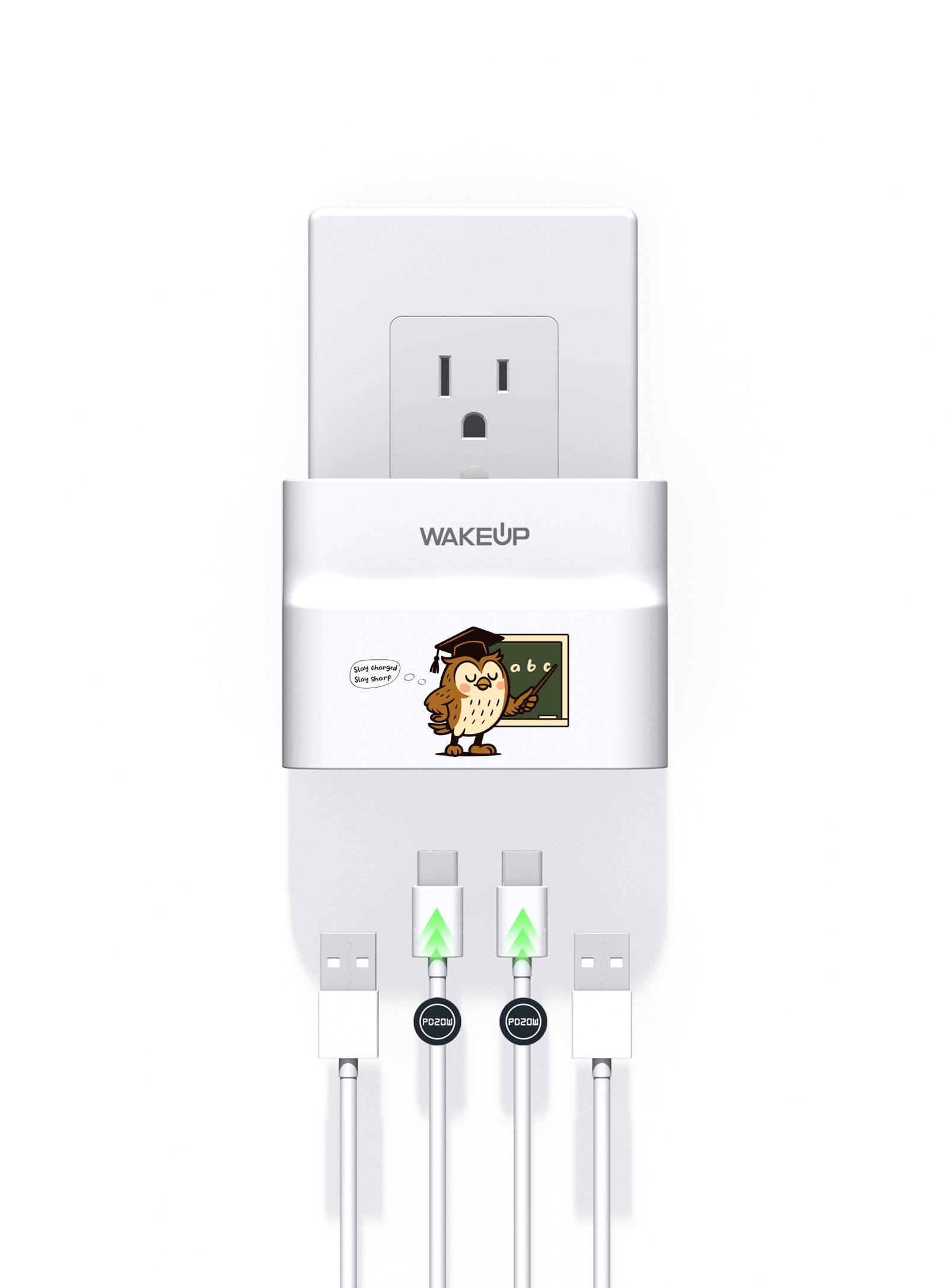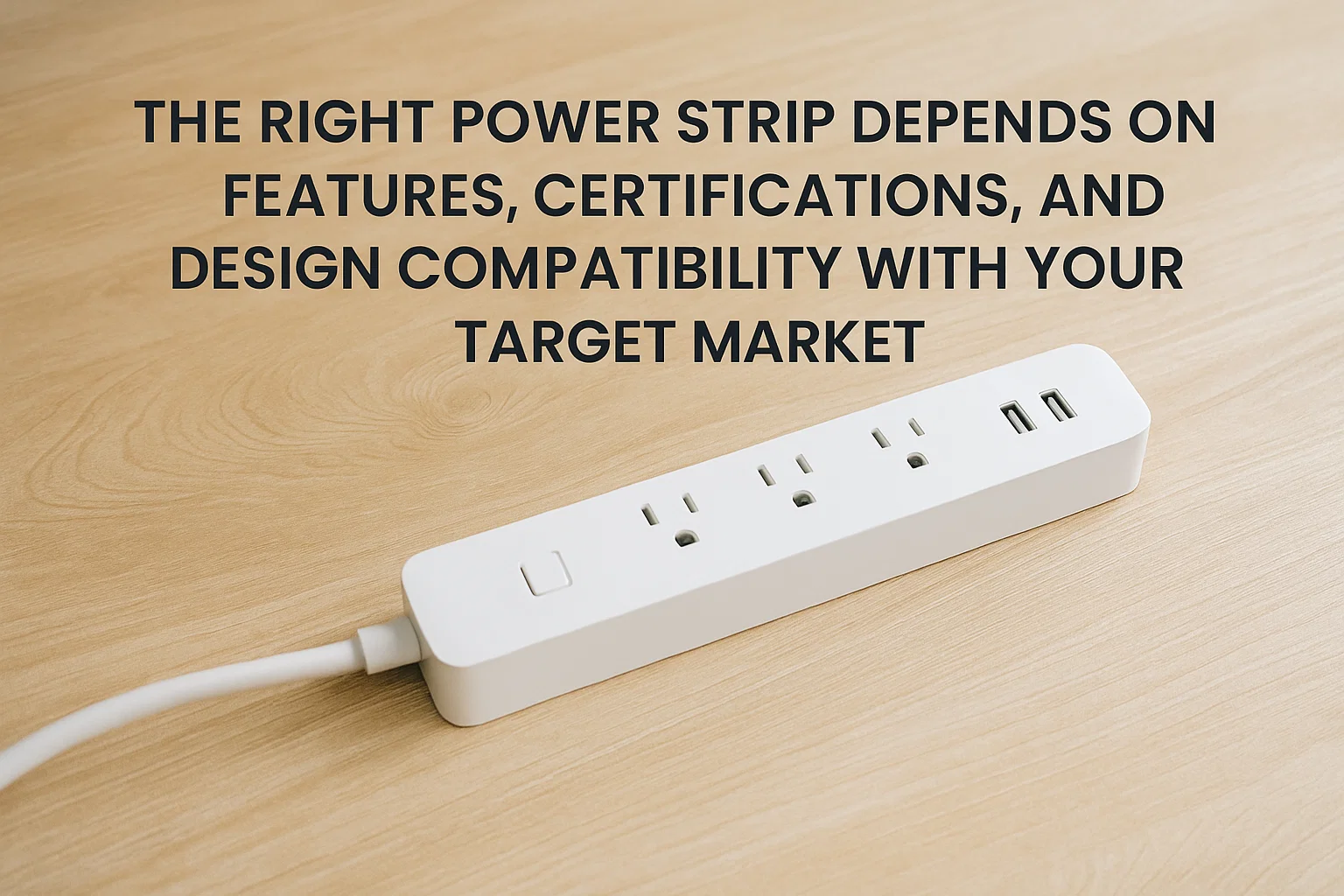Each prong has a job — miss one, and safety disappears.
Each prong on an AC outlet serves a unique function: hot for power, neutral for return, and ground for safety.
Understanding prong functions helps you avoid hazards and select the right plugs for your market.
Why Are There Three Prongs on Most AC Plugs?
They aren’t for decoration — each prong carries a role that keeps electricity flowing safely.
Three-prong plugs include a hot, a neutral, and a ground for balanced, safe current flow.
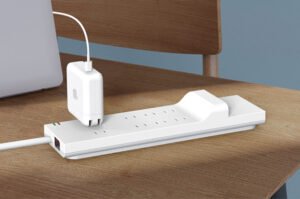
Breaking Down the Three Prongs
Let’s define each prong clearly:
| Prong | Purpose | Common Wire Color |
|---|---|---|
| Hot (narrow) | Carries current to the device | Black or Red |
| Neutral (wide) | Returns current to the source | White |
| Ground (round) | Redirects fault current into the earth | Green or Bare |
This setup allows for a closed loop where electricity enters, powers the device, and exits — all while protecting you from electric shock.
Why It Matters in Product Design
If your product has a metal case or internal electronics, the ground prong must be there. For example, when we design power strips for U.S. markets, we always include a three-prong plug with proper grounding to meet ETL standards.
What Does the Hot Prong Do?
This prong is the source of energy — but also the most dangerous if misused.
The hot prong delivers voltage from the electrical panel to your appliance.
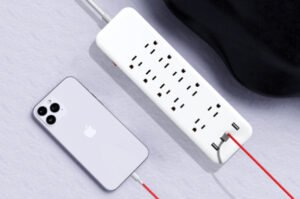
The Power Entry Point
Electricity enters your device through the hot prong. It’s usually the narrower slot on the outlet and carries 120V or 240V depending on your country.
Touching this prong when it’s energized could cause severe shock or even death.
Key Design Considerations
| Country | Voltage | Hot Prong Marking |
|---|---|---|
| USA | 120V | Narrow blade |
| EU | 230V | Phase wire (L) |
| UK | 230V | Rectangular pin |
In North America, we ensure our plugs and cords have the correct hot wire orientation during production, confirmed through quality testing.
What Is the Function of the Neutral Prong?
Without the neutral, electricity has nowhere to go.
The neutral prong completes the circuit by carrying current back to the panel.
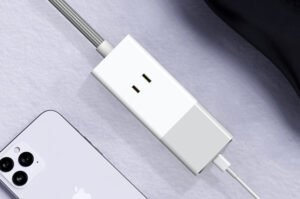
Neutral Means Balance
This is the wider blade on North American plugs. It acts as a return path for current, bringing it back safely to the transformer or source.
The neutral prong is connected to the same ground point as the electrical system — but it is not the same as the ground prong.
Circuit Completion
| Element | Flow Direction | Risk Level |
|---|---|---|
| Hot | In | High |
| Neutral | Out | Moderate |
| Ground | Safety only | None |
When inspecting faulty devices for clients, I’ve often found misconnected neutral wires. This creates instability and can damage the product.
What Role Does the Ground Prong Play?
This prong doesn’t normally carry electricity — until something goes wrong.
The ground prong is your last line of defense against electric shock or fire.

Emergency Pathway
If the device malfunctions, like a wire loosening and touching metal, the ground gives electricity a quick, safe escape route to earth. That prevents it from going through you.
Devices with metal housings or motors must include grounding for certification in the U.S., Canada, and EU.
Compliance and Testing
| Certification | Ground Required | Typical Use |
|---|---|---|
| ETL | Yes | U.S. power strips |
| cETL | Yes | Canadian sockets |
| CE | Yes | EU desktop devices |
Every power strip and USB charger we ship from China or Cambodia goes through grounding continuity testing. It’s a critical step for legal import into North America.
What About Two-Prong Plugs?
They still exist — and they work, but with limitations.
Two-prong plugs only use hot and neutral — safe for some, but not for all devices.
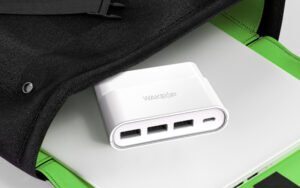
Where Two Prongs Are Acceptable
Devices made of plastic, or those with double insulation, may not need a ground prong. These are marked with a square-inside-a-square symbol (Class II devices). However, using two-prong products with powerful or sensitive electronics is risky.
I’ve seen many U.S. importers mistakenly select ungrounded products thinking it saves cost. But this often leads to failed ETL testing — wasting time and money.
Comparison Chart
| Type | Prongs | Grounded? | Typical Use |
|---|---|---|---|
| Two-prong plug | 2 | No | Lamps, phone chargers |
| Three-prong plug | 3 | Yes | Computers, appliances |
In our OEM services, we often advise clients on when a ground is legally required based on the end use and target country.
Conclusion
Each prong has one purpose — power, return, or protection.


